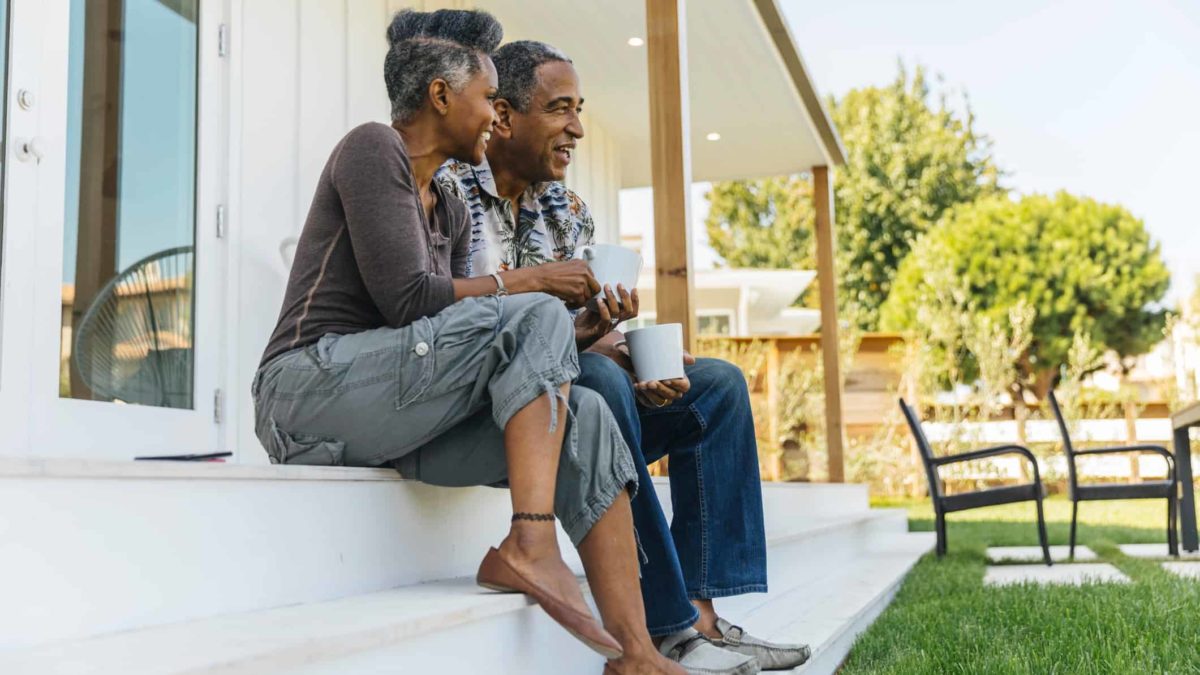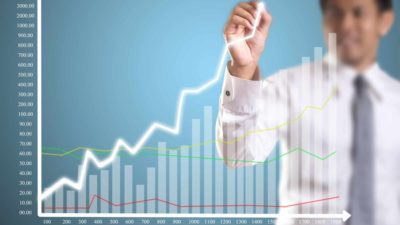What do 90% of pensioners have in common? A desire to take their money to the grave.
This is according to CEPAR research that found the median pensioner dies with 90% of their wealth intact, backed up by CSIRO data suggesting many actually die richer than when they retired.
These are some of the reports justifying 'early-out' schemes on superannuation balances. In the last three years, the government has introduced schemes allowing Australians to withdraw up to $30,000 towards buying a house, $20,000 due to the COVID pandemic, and now $10,000 to deal with domestic violence.
The latest changes, an extension to compassionate grounds that include medical and palliative care, have risen particular concerns given ABS data that women already enter retirement with $40,000 less in super than men, and one in three women currently have no super whatsoever.
Employer super contributions are legislated to rise from 9.5% to 12% by 2025, but Treasurer Josh Frydenberg says this would lead to "lower wages and impact standard of living" and has supported a "more flexible" policy that could allow workers to choose whether they took that extra cash home as a raise instead.
The government is also considering rebooting the now-ended COVID withdrawal scheme as expanded accessibility for first home deposits, while simultaneously reducing the minimum draw-down rates for retirees.
This shift in government policy represents a significant repositioning away from emphasising self-funded retirement, and its critics — from the super funds to former prime ministers — say that allowing people to draw on their super will lead to housing inflation, under-funded retirements, and more pressure on the age pension.
But a growing chorus of policy think-tanks and data surrounding pensioner assets suggest that alarm around current superannuation changes is over-exaggerated.
New hip, new roof, or die battling to afford your own coffin?
The government's superannuation review panel's Professor Deborah Ralston defended flexible super arrangements, telling the Australian Financial Review (AFR), "It's really important not to impose on people things that make their life currently harder."
The architect of Australia's superannuation industry, former Prime Minister Paul Keating, said without mandatory 12% super contributions "employees will get nothing" due to stagnating wage growth. In January, he wrote in the AFR that the changes could see retirees "battling to afford their own coffin". It's an example of the growing division in Australia over the future of the industry, supported by an influx of emotionally charged reviews.
With the average Australian 35-year-old only possessing $51,000 in super (women average even less), increasing early access disproportionately impacts women and young Australians, leading to criticism that the government's approach is a cop-out to avoid harder policy discussions.
Proponents say superannuation has proven exceptional at wealth generation, with 8% average returns from growth funds over the past 28 years, combined with compound interest rates, able to turn $100,000 in super contributions into $1.4 million over a 45-year-period.
IndustrySuper is reporting that 460,000 Australians under 35 have already wiped out their super balances due to the government's schemes and there is a clear sentiment that expanding what the government sees as a popular program to enhance choice in the industry is dividing the political spectrum.
"I don't need an economist to tell me," Labour's superannuation spokesman, Stephen Jones, said (quoted in the AFR). "25-year-old Stephen Jones, if faced with the choice between $10 a week towards retirement savings or $10 a week to enjoy with my mates at the local pub, the pub won out every time."
Superannuation returns against home ownership
One issue facing Australians is that our household saving rate is problematically low by OECD averages and for the past few decades has been overcome by mandatory super contributions and high average super funds returns.
The combination of high spending and home ownership was ideal when housing prices in Australia's major cities were more affordable, but with the doubling of the house price to income ratio forcing people into a choice between a home deposit and investing in superannuation, the choice has become a hot-button political issue.
Aussie — a mortgage broker — reports that the financial choice between owning a home and super is clear: Australian median house values have increased by 412% over the past 25 years, compared to 261% for the All Ordinaries Index (ASX: XAO). This doesn't even factor in the cost of rent as a non-homeowner.
However, similar to criticism aimed at the first home owner's grant, The Association of Superannuation Funds of Australia says that allowing people to withdraw their super to enter the housing market will add "significant pressure" to already booming housing prices, with former Prime Minister Malcolm Turnbull and finance minister Matthias Cormann saying it was like fighting a fire with "kerosene".
This adds to studies that show superannuation is already effectively diverted to paying off existing mortgages upon retirement.
One possible solution is including part of the family home in the age pension assets test. This encourages use of the government's Pensions Loan Scheme or the adoption of reverse mortgages (where a retiree uses the equity in their home to pay for their retirement before downsizing) to reduce pressure on government spending.
With the average Australian over 75 possessing more than $1 million in assets, proponents say this also acts as a more socially acceptable form of inheritance tax, a famously poisoned chalice in Australian politics. But some policy advisors believe changes to our already stringent pension asset-testing may be unnecessary.
Is the biggest super myth that the aged pension is unaffordable?
The big question facing government is how to fairly balance the flow of money in an ageing population. Australia's pension system, including aged and disability payments, is currently just 4% of national GDP. The assumption is that as Australia's population ages — from an average of 5 taxpayers supporting every pensioner today to only 2.7 by the time today's 35-year-olds hit retirement age — the age pension will become unaffordable.
However, according to the Grattan Institute, Australia is expected to spend just 3.7% on the age pension by 2055 due to the efficacy of our current means-tested asset system, and that's without the need to include the family home.
Actuarial firm Rice Warner's modelling goes further, outlining that raising super contributions to 12% would only save 0.1% of budgetary age pension spending this century due to significant tax breaks. The ABC reports that super tax concessions will exceed the age pension in government spending by 2060.
The importance of Australia's $3 trillion superannuation industry isn't changing as a form of wealth generation, but the taxation concessions system that incentivises it and the assets retirees leave for their children are coming under greater scrutiny, as the government slowly pivots towards home ownership as the primary form of self-funding retirement.
That conversation bodes many uncomfortable social and economic issues that Australians may soon be forced to consider.









